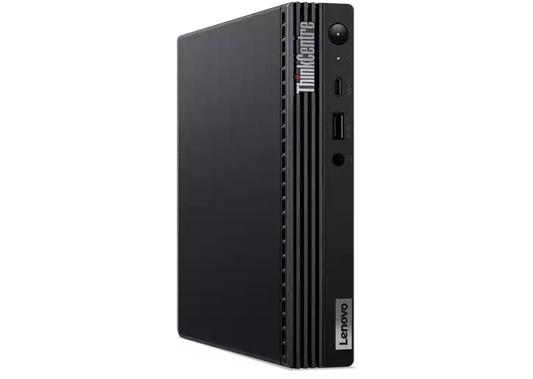Uninterruptible Power Supplies (UPSs) Buying Guide
When you are running any sort of business, or just using a lot of electronics in your home, the worst thing you can experience is a power outage.
This isn’t just bad because it’s an inconvenience. It’s also very bad for the device that loses power and also for all the hard work you have done. You will lose your work, none of will be saved, and the device that loses power will be damaged. If an electronic item experiences what is called a “hard shutdown”, it will hurt the battery and the inner-workings of it.
What are the biggest issues that could cause a sudden, unexpected power outage and the damage that comes with it?
What Are The Most Common Power Problems?
Power Surge
A power surge is a spike in electricity usually caused by a lightning storm. These surges of power can destroy electronics and immediately shut them off without warning. The surge in voltage and current will hurt the circuit boards and the motherboard and the interior of any device affected.
Brownout
A brownout is a drop in the voltage needed to run an electronic device. It’s not a full-on blackout but it will give a shockingly low amount of electricity, which means that any device will not be able to run as it should. This will affect the interior of the electronics, not allowing it to work well and hurting it for the long term.
Blackout
This one is a very common power problem that everyone has experienced. A blackout is a complete power outage that can last minutes to days.
How Big Should The UPS Be?
There are many different types of UPS products on the market and all of them are slightly different, with various functions, abilities, and price points too. You might not know which one to buy but you do know one thing: the UPS must be large enough to sustain all of the devices connected in order for it to function effectively.
Before you can do anything, you must ascertain the UPS's capacity. The amount of power a UPS system could deliver is known as capacity (measured in Watts). More electronic devices and equipment means it needs to be able to accommodate higher capacity. You must determine the load in order to determine the UPS capacity. The total amount of power used by all of the devices is known as the load.
Create an equipment list that includes the total number of watts needed for every piece of equipment to function effectively in order to determine the load. Include every device that the UPS must be able to handle. Just include the wattage of a single power supply if an item has multiple power sources.
If you're confused about how many watts the gear needs, check the user handbook or the power supply specs in the design instructions. Once you know how much power your devices need and how much each UPS provides, it will be much easier to make the right choice at the store or when you are shopping online.
Don’t Forget About Installation
When shopping for one, you need to keep in mind that there are many different types of UPSs out there, now more than ever. Because of the hard work that electronics no do in the world of business, a UPS has never been so important.
But it will not do you any good if you don’t know how to install it. There are some tower models that will sit snugly on the floor or on your desk. Others are larger and will need more space to run properly.
Each and every UPS will need to be set up following the right instructions and then not moved often. When a UPS is moved, the chance is high that it won’t be again plugged in and set up properly. If that happens, it will serve no purpose.
A UPS needs the right amount of space or else it won’t work. When you are purchasing yours, you need to keep in mind where it will be set up and how much space it will have once it is plugged in and working correctly.



